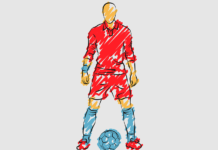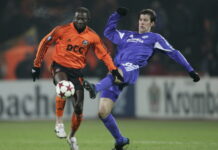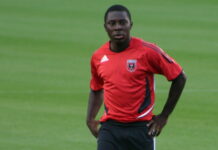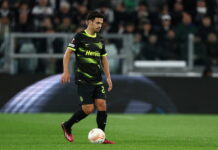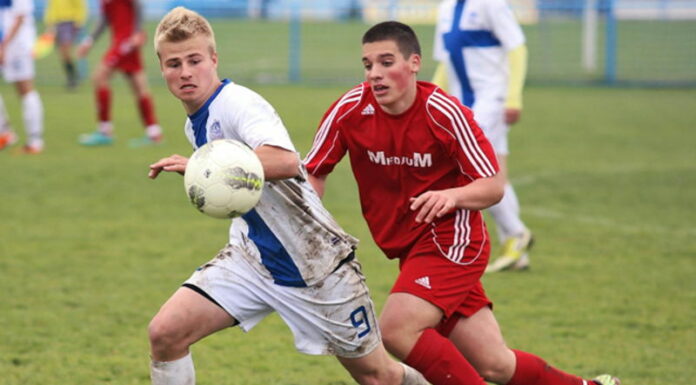If you are a seasoned Football Manager player, then you are likely highly familiar with the abbreviations for the player roles and how that particular player operates on the pitch.
However, newcomers to the game may not be as familiar with these roles. This article could also prove helpful to those experienced players who don’t necessarily think about how these roles perform on the pitch.
In our new series, we will take a look at the FM role abbreviations, starting this week with goalkeepers and defenders.
Goalkeepers
(GK) Goalkeeper
The goalkeeper’s primary responsibility is to prevent the opposing team from scoring goals by making saves and commanding the defence. He is less proactive than the Sweeper Keeper. The Goalkeeper can only be set to a defensive duty.
Example:
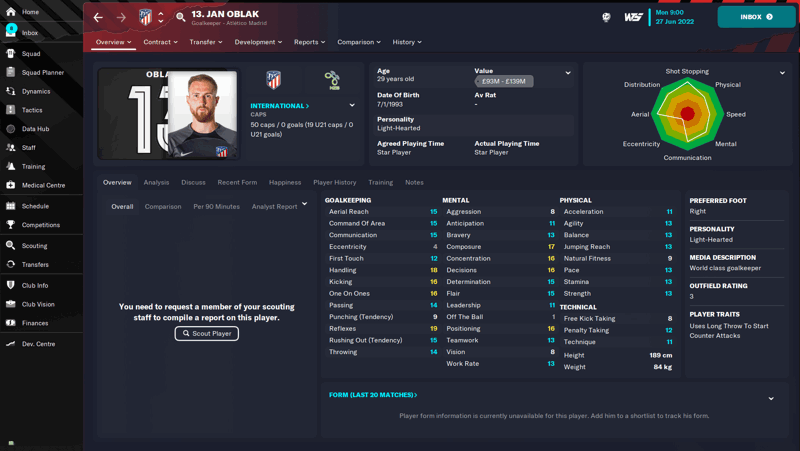
Atletico Madrid stopper Jan Oblak has been one of the best goalkeepers in the world during his career. He is a steady and calm influence on defenders in front of him.
However, he is not the sort of goalkeeper who would race out of his penalty area to prevent attacks.
(SK) Sweeper Keeper
The sweeper keeper not only does all the duties of the Goalkeeper but will also come out of his goal and help form attacks. A sweeper keeper will also help the defence by coming out of his goal to sweep up. They almost act like another defender at times.
A sweeper keeper can be used in the defend, support and attack duties. A sweeper keeper on attack is more likely to get involved in the play and come further out of the penalty area.
Example:
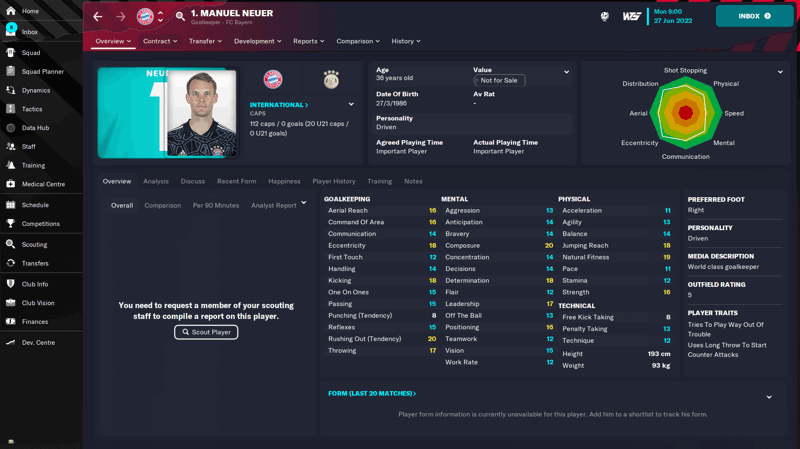
During his career, Bayern Munich’s Manuel Neuer has redefined the term Sweeper Keeper. The Germany international is the perfect example of the position.
He has no hesitation in coming out of his penalty area to either help his defence or even start attacks.
Defenders
Most roles can be set as defend, support, attack and automatic duty
(FB) Full-Back
The role of full-back has changed in recent decades in football. In FM, the role of the full-back is not only to defend but also to help support the attack, too.
Although it is a defensive position, the full-back, depending on the duty, must be available to get forward and add width to a team.
Example:
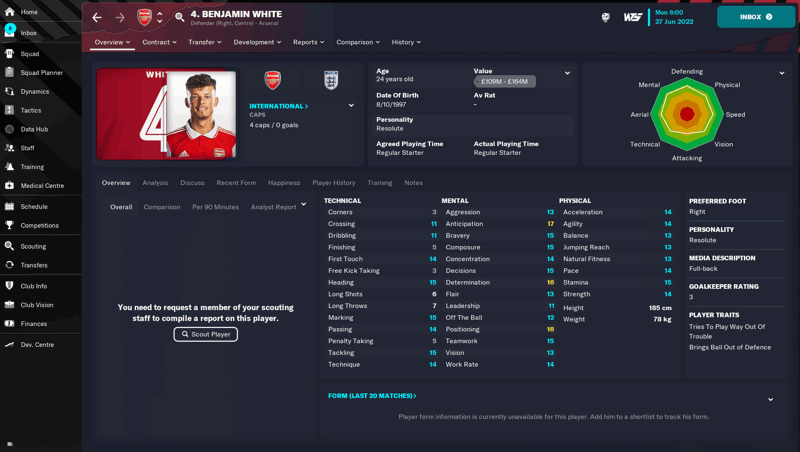
Arsenal’s Ben White arguably fits the bill of a Full-Back. The England international is naturally defensive, as he had played as a centre-back for much of his career.
He is improving his attacking play, but it would be hard to compare him to some of his contemporaries when it comes to attacking play.
(WB) Wing-Back
The wing-back is almost expected to fulfil the role of full-back and winger, offering width in attack and playing in a higher position than the normal full-back. He is a player who is expected to produce assists, and the best wing-backs can be masters of the assist.
If you are playing a formation without wingers, the wing-back becomes even more important, as he will likely be the player who offers the team their whole attacking width.
Example
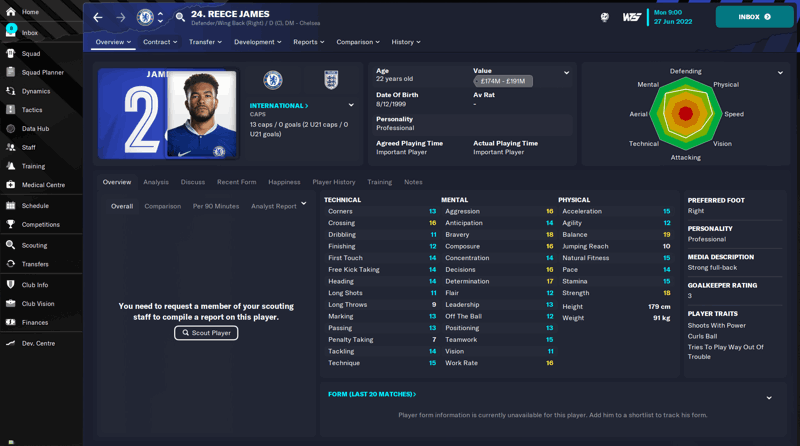
Chelsea’s Reece James is a player that excels as a wing-back, as he is strong defensively, but he is also adept at getting forward, scoring and also producing assists.
His pace, power and athleticism make him perfect for the wing-back role.
(NFB) No-nonsense Full-back
The no-nonsense Full-back is unlikely to venture too far up the field and primarily does defensive duties, as they may be slightly limited when it comes to his attacking attributes. They are more of an old-fashioned Full-Back than a modern-day equivalent.
Unlike the players who play in similar positions, the No-nonsense Full-Back’s only available duty is defend.
Example:
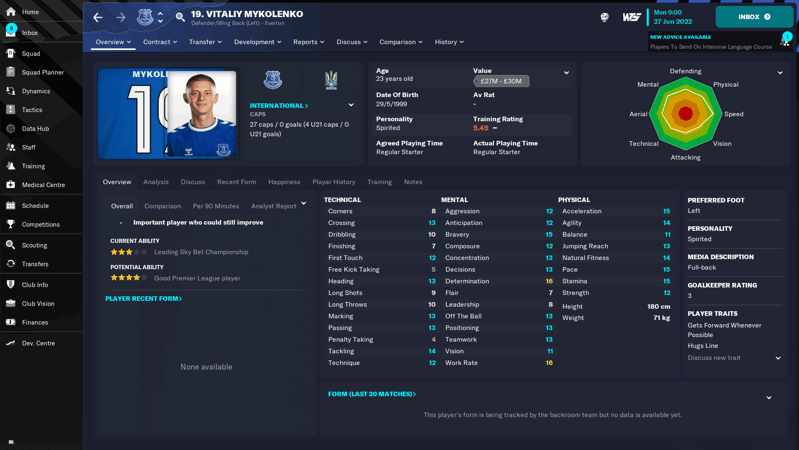
An excellent example of a player perfect for this position is Everton’s Vitaliy Mykolenko. The Ukrainian is a strong defender but is highly limited when going forward.
(CWB) Complete Wing-Back
The Complete Wing-Back is usually a player who loves to attack but also has the attributes also not to neglect his defensive duties, which makes him a great team player. They are the sort of player who helps provide balance to a team between attack and defence.
Example
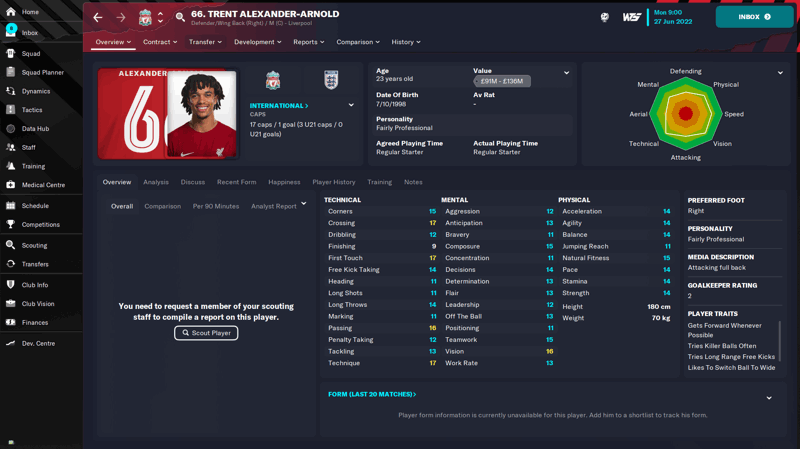
It could be argued that Liverpool and England star Trent Alexander-Arnold is an excellent example of a complete wing-back. He gets forward expertly, but despite question marks over his defensive ability, he gets back and supports his defence.
Alexander-Arnold has also played as an Inverted Wing-Back for Liverpool.
(IWB) Inverted Wing-Back
The Inverted Wing-Back may operate as a Full-Back, but they are a player that can provide much more than just defensive duties. Whereas Full-Backs and Wing-Backs offer width, the Inverted Wing-Back will drift inside into the middle of the park and create space for his teammates.
If done correctly, this gives a team a numerical advantage in midfield. However, if there is no space in the middle to move into, he will also offer the traditional support a Full-Back or a Wing-Back would.
Example
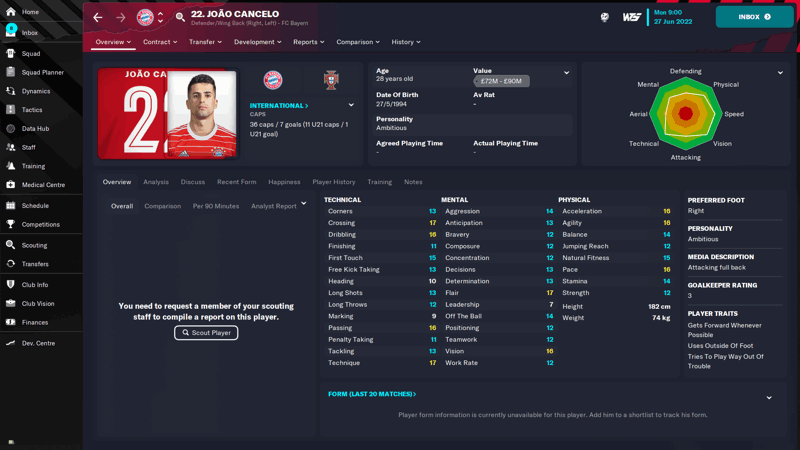
In recent seasons, Manchester City’s Portuguese star Joao Cancelo has become the poster boy for the Inverted Wing-Back.
City head coach Pep Guardiola favoured using him in the position until a falling out of the pair led to Joao Cancelo joining Bayern Munich in a temporary move.
Which of these roles is your favourite role to use on FM 23?


